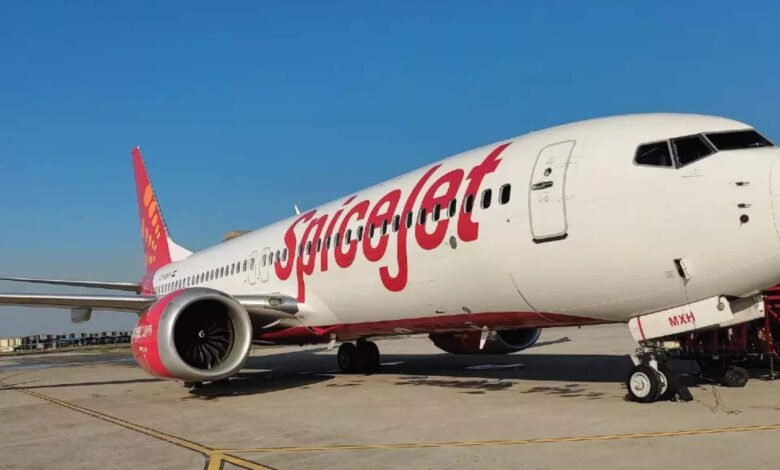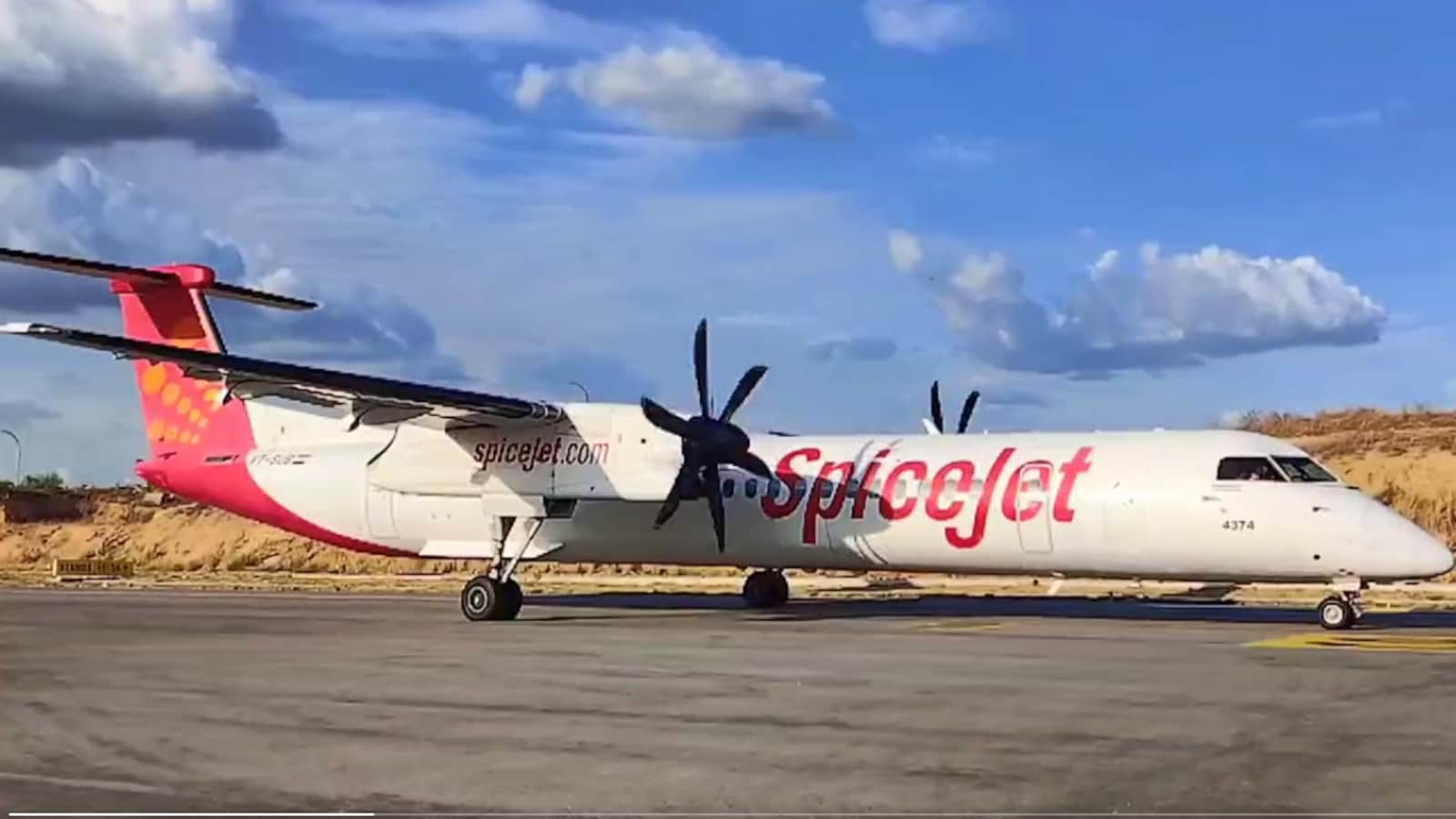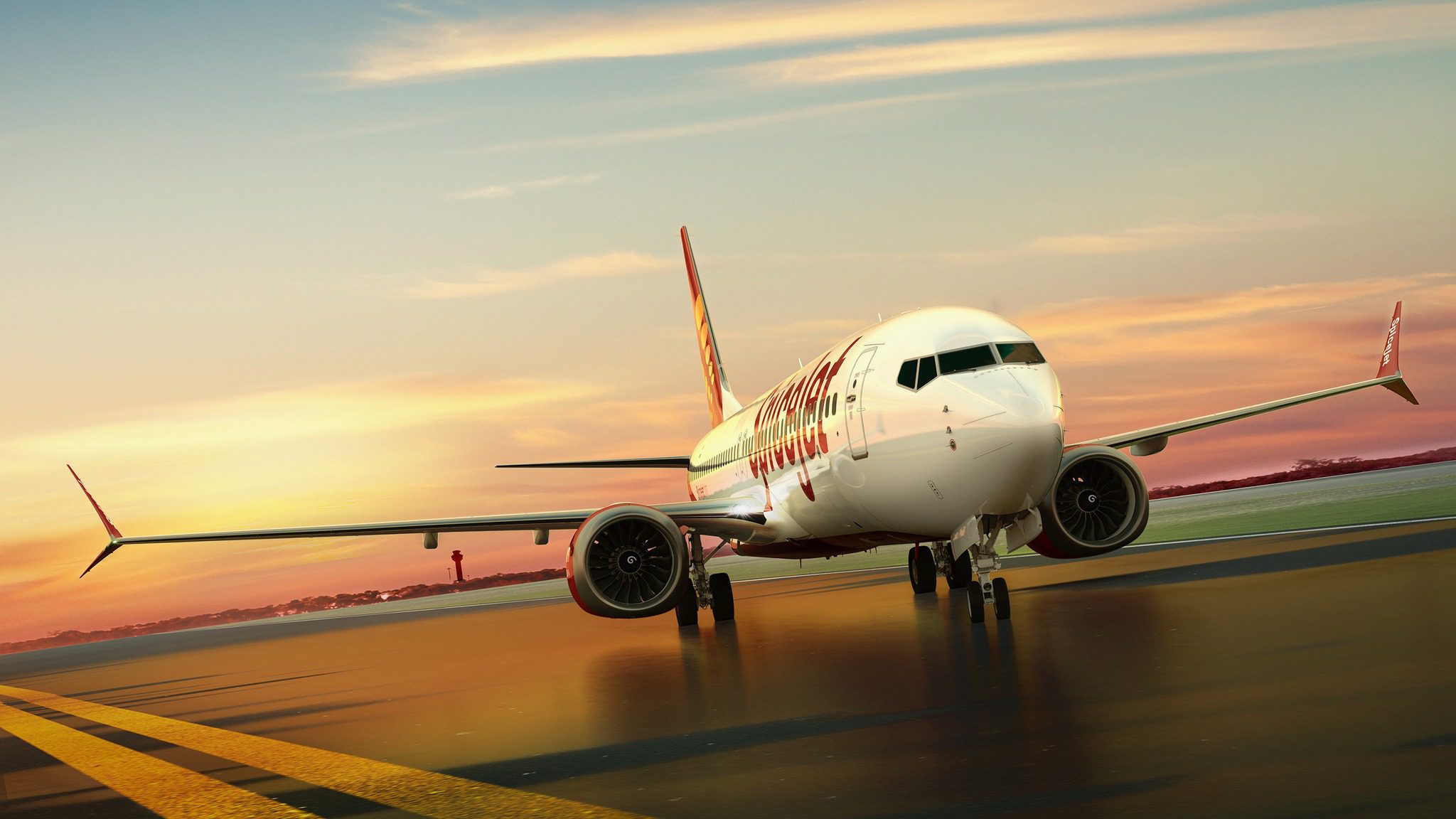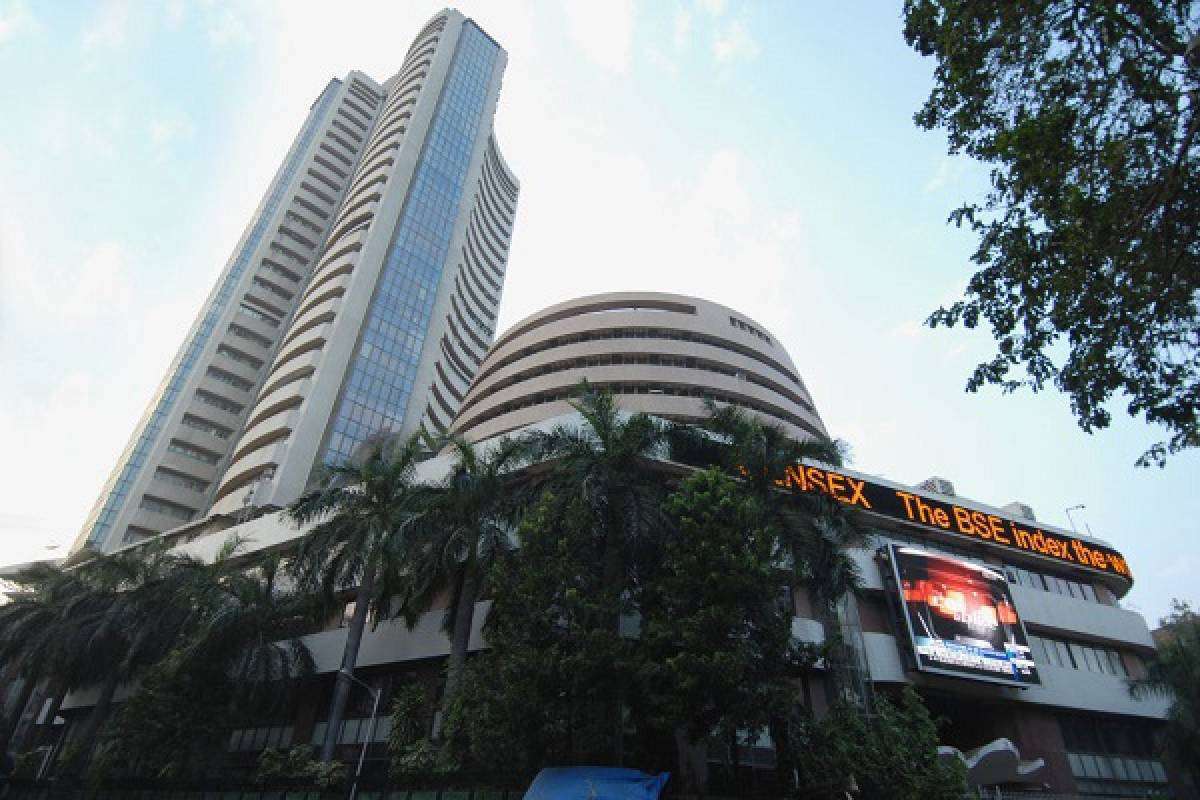
SpiceJet’s September second-quarter net loss increased to Rs 838 billion.
For the fiscal year 2022–23, SpiceJet Ltd. presented its second-quarter results (covering the period from July to September) on November 14. For Q2FY2023, the airline posted a loss of Rs. 837.8 crores. In the 2nd period of 2021–22, the low-cost airline posted a net loss of Rs. 561.7 crores.

According to a press release from the airline, foreign exchange currency losses accounted for Rs 260 crore of the total loss. Foreign exchange losses have significantly impacted SpiceJet and IndiGo’s earnings.
SpiceJet’s operating revenue was one-sixth of IndiGo’s in the July–September quarter, but it recorded a loss of only half as high. In comparison to last year’s time, the overall operating revenue for the July to September quarter was Rs 2,104.7 crore, up roughly 57 percent.
Due to the second phase of the COVID-19 pandemic’s spread in India in July–September of last year, the airline claimed revenue from activities of Rs 1,342.6 crore. The airline posted revenue and profit of 1,865 crores for the months of April to June. SpiceJet’s revenues did, however, decline 14% sequentially between the quarters of July and September and April and June. The airline’s operational revenue for April through June totaled Rs 2,457 crore.

As the Civil Aviation Authority in July decreased the airline’s allowed fleet as a result of several mid-flight safety failures, the airline missed out on capitalizing on a recovery in air transport from pandemic lows. The airline said it had increased the number of trips by 30% despite the decline in revenues.
According to information from the DGCA, SpiceJet’s proportion of the domestic air market decreased to 7.7 percent in the third quarter of 2018 from 9.7 percent in the prior three months.
The airline’s loss for the reporting quarter was Rs 413.59 crore, as opposed to a deficit of Rs 106.4 crore for the period that ended in September 2021, on an Income Before Interest, Taxes, Maintenance, and Amortization basis. SpiceJet recorded an average home load factor of 85% for the quarter in terms of functional elements. According to the airline, compared to the same quarter last year, passenger Revenue per Open Seat (RASK) increased by 22% from July through September.

The carrier’s Seat available miles (ASKM) increased 71 percent year over year in the third quarter of July to September. The airline reported that an 11% increase in its yield, a crucial profitability indicator, resulted in a 109 percent increase in passenger revenue.
The airline withheld its precise RASK, ASKM, and yield data during the period of July through September. “The sector has seen ongoing difficulties, but the government’s recent increase in the ECLGS ceiling to Rs. 1,500 crores in recognition of these difficulties will go a far toward giving the sector the stability it needs. Ajay Singh, the chairman of airlinés, stated in a news release, “I am convinced that SpiceJet will only become more significant than ever with brand-new airplanes, giving an incomparable experience for its passengers.
The airline added that it hoped to finish moving SpiceXpress‘ logistical operations in October or December.
SpiceJet had previously announced that it would be handing over its freight and logistics operations to its affiliate SpiceXpress and Logistics as part of a slump sale. To finance this expansion, SpiceXpress will be able to collect money without the aid of SpiceJet.

SpiceXpress will pay SpiceJet the purchase price for the logistics business by issuing SpiceJet shares, subject to any necessary regulatory approvals. “The logistics company has been appreciated at Rs 2,555.77 crore premised on an independent tasks exercise performed by the company,” SpiceJet had stated in a declaration last year. SpiceJet CEO and Managing Officer Ajay Singh stated that while the business is still suffering from high ATF pricing and a weakening rupee, the sector’s overall outlook is still optimistic.
“An almost normal economic environment, increased business and pleasure, and government assistance are all contributing to optimism. We anticipate considerable improvements in our operational environment as a result of the completion of many settlements with the majority of our significant partners and the planned hive-off of our freight and logistics arm, “Added he.
In the September quarter, SpiceXpress declared revenue of Rs 21 Crore. Due to a succession of mid-flight safety violations, India’s aviation authority in July halved SpiceJet’s permitted fleet, making it difficult for the airline to capitalize on a recovery in air transport from epidemic lows.

SpiceJet will be able to operate at maximum capacity starting in October, according to a report from Reuters partner ANI last month. The business is also struggling with fierce competition, losing market share to Vistara, supported by the Tata Group and owned by InterGlobe Aviation, Akasa Air, and newcomer IndiGo.
SpiceJet’s domestic passenger market share in the September quarter decreased to 7.7% from 9.7% in the preceding three months, as per information from the Directorate of Civil Aviation. IndiGo increased its market share during the same time from 56.3% to 58%. Earlier this month, IndiGo likewise experienced a widening of its quarterly losses due to a tripling of fuel expenses and losses from foreign exchange. SpiceJet’s overall operating revenue increased by 45.4% to 19.53 bn yen.
Its yield, a crucial profitability indicator, increased by 11%, which caused passenger revenue to increase by 109%. The load factor, or the percentage of the passenger-carrying capacity used, was 85% in the third quarter, up 8% from the same period last year.
edited and proofread by nikita sharma




